The 21 pictures that show that America really is a nation of immigrants
If there is any doubt immigrants don't build a nation, these pictures prove otherwise
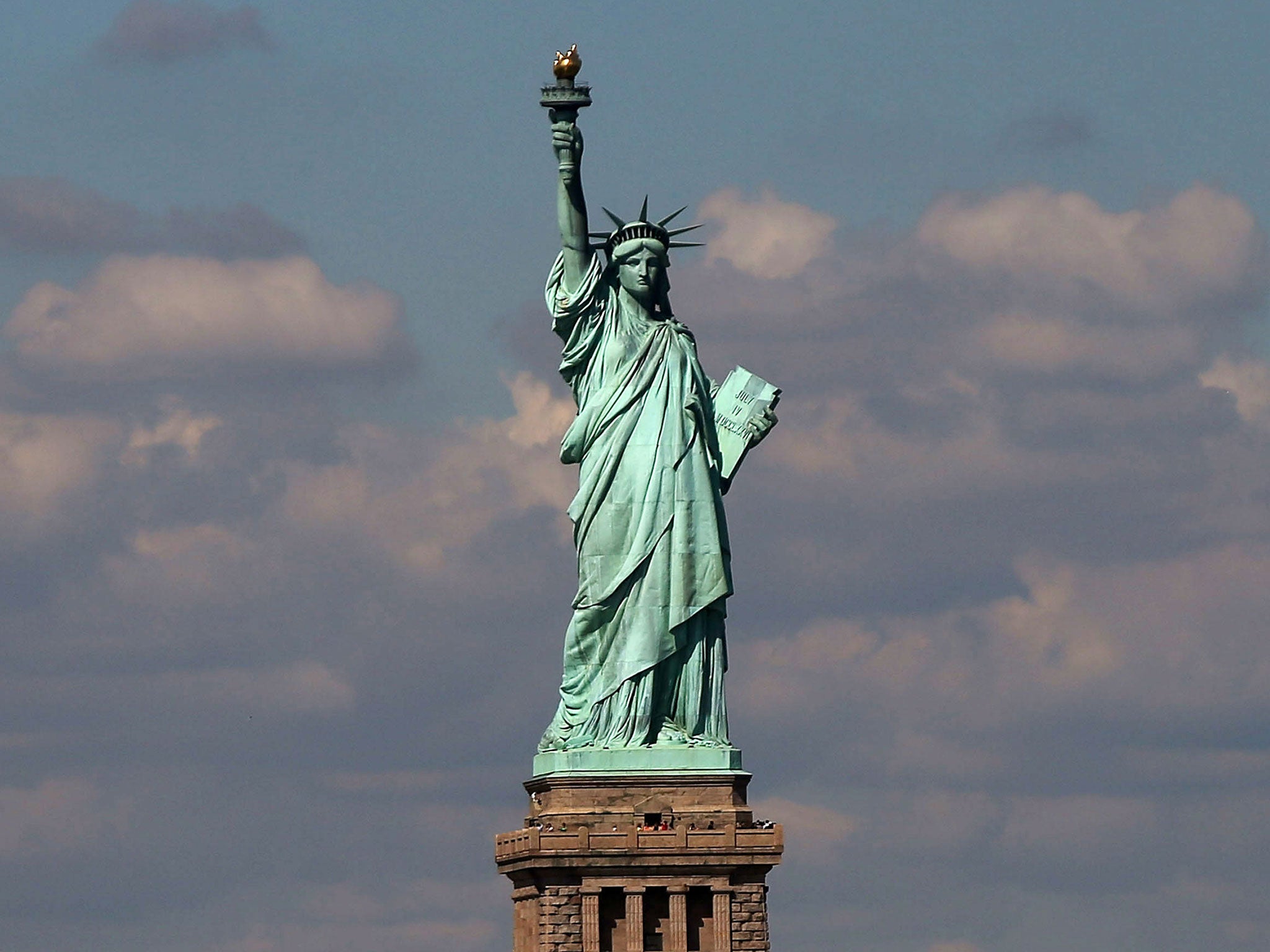
Your support helps us to tell the story
From reproductive rights to climate change to Big Tech, The Independent is on the ground when the story is developing. Whether it's investigating the financials of Elon Musk's pro-Trump PAC or producing our latest documentary, 'The A Word', which shines a light on the American women fighting for reproductive rights, we know how important it is to parse out the facts from the messaging.
At such a critical moment in US history, we need reporters on the ground. Your donation allows us to keep sending journalists to speak to both sides of the story.
The Independent is trusted by Americans across the entire political spectrum. And unlike many other quality news outlets, we choose not to lock Americans out of our reporting and analysis with paywalls. We believe quality journalism should be available to everyone, paid for by those who can afford it.
Your support makes all the difference.We hear so often that America is “a nation of immigrants” or a “cultural mixing pot” that the phrase has become kind of a tired cliche. But actually seeing that history is a different story. The fascinating photographs below — of people in their native costume passing through Ellis Island in the early 20th Century — hint at just how incredible and unique America's history is as a nation of immigrants.
These photos were taken by Augustus Sherman, an amateur photographer who worked as the chief registry clerk on Ellis Island from 1892 until 1925. Sherman snapped these photographs of people passing through customs in their native costume. They were published in National Geographic in 1907 and once hung on the walls in the headquarters of the federal Immigration Service in Manhattan, according to the Public Domain Review. They are now housed by the New York Public Library.
New York began using Ellis Island as a way station for immigrants on Jan. 1, 1892, and between then and 1954, more than 12 million immigrants used the island to enter the U.S. The National Park Service estimates that over 40 percent of Americans can trace their ancestry back through Ellis Island.
The history of the island is not always a happy one: It also reflects deep racism and ethnic divisions. After World War I, thousands of suspected “alien radicals” were detained on the island, and in the 1920s, it began to turn away immigrants from certain countries or ethnicities, including Southern and Eastern Europe. People with mental and physical disabilities were excluded, as well as the illiterate, and children arriving without parents.
See the incredible images below
Here is a young German man, who the notes classify as a “stowaway”:
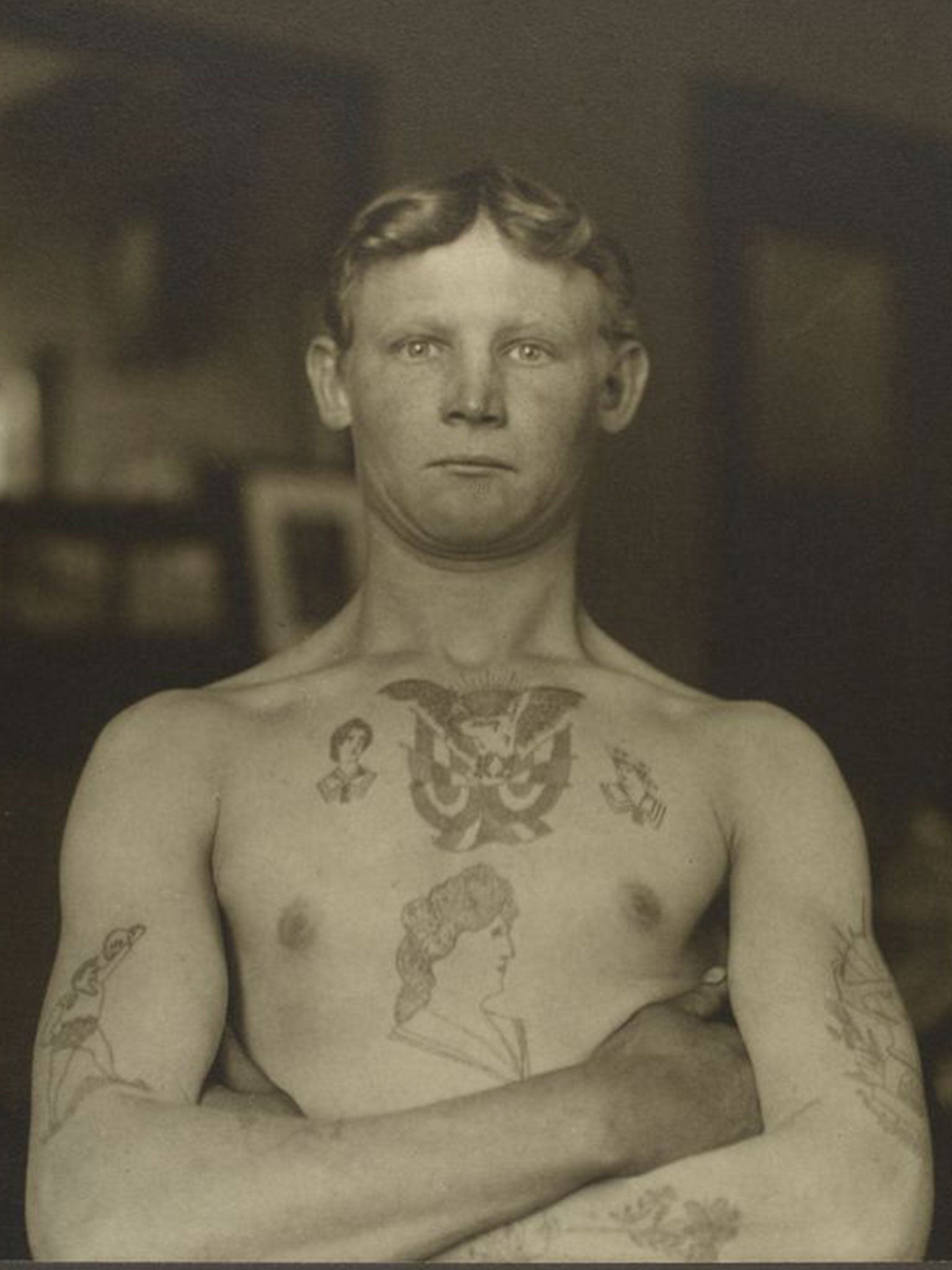
Children and women from the Netherlands:
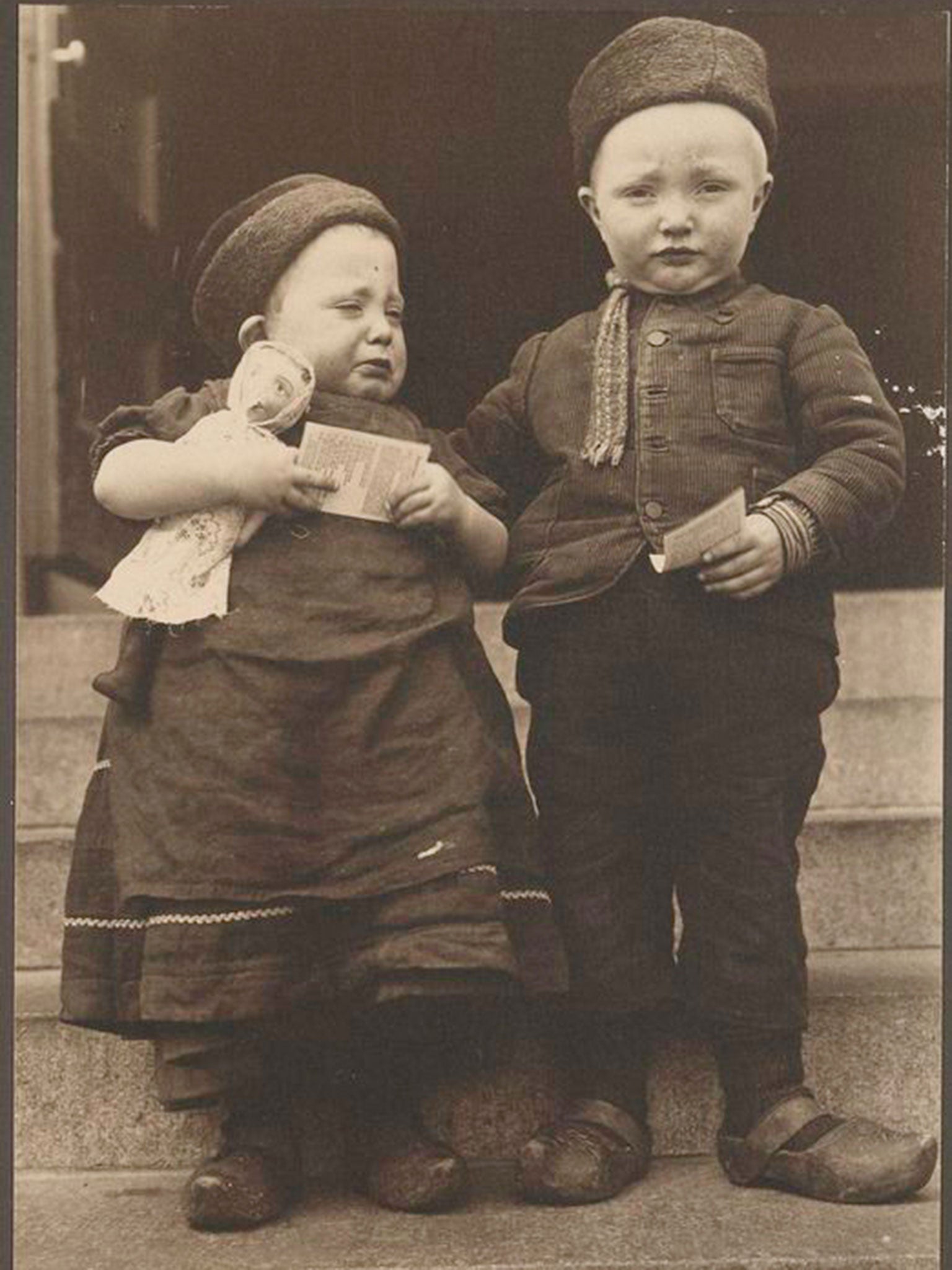
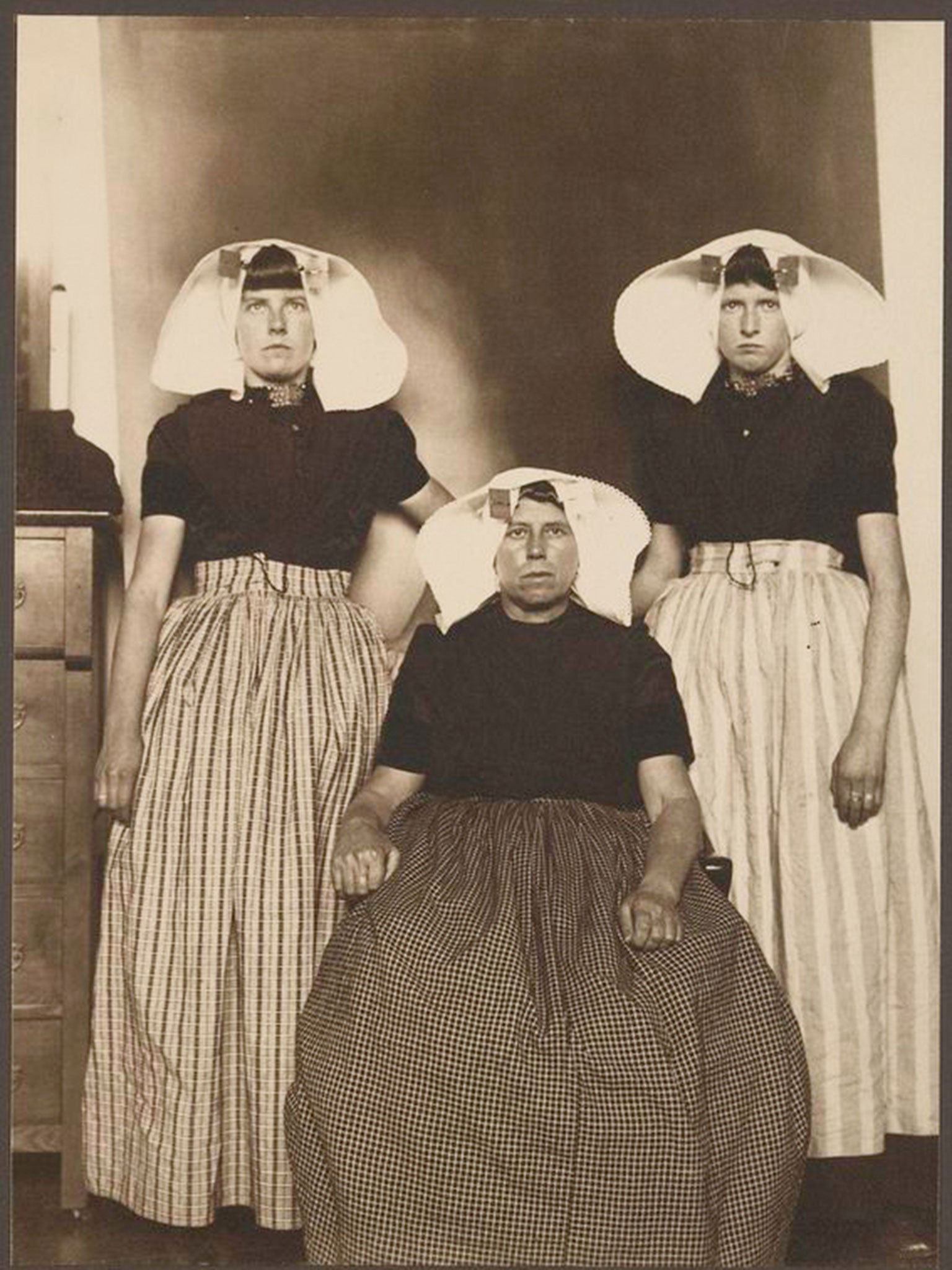
A Greek soldier in national costume:
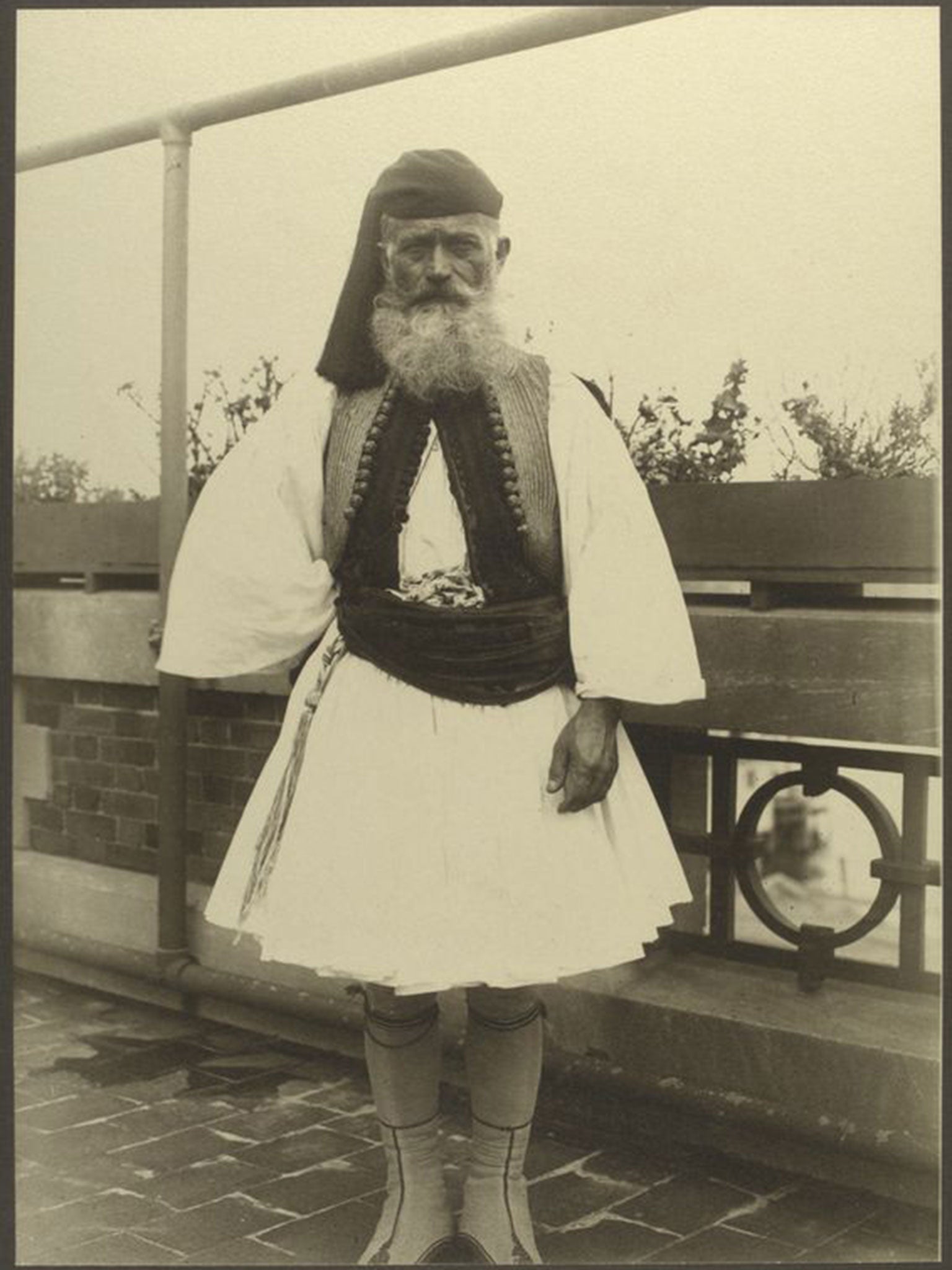
Men from the Russian Empire:
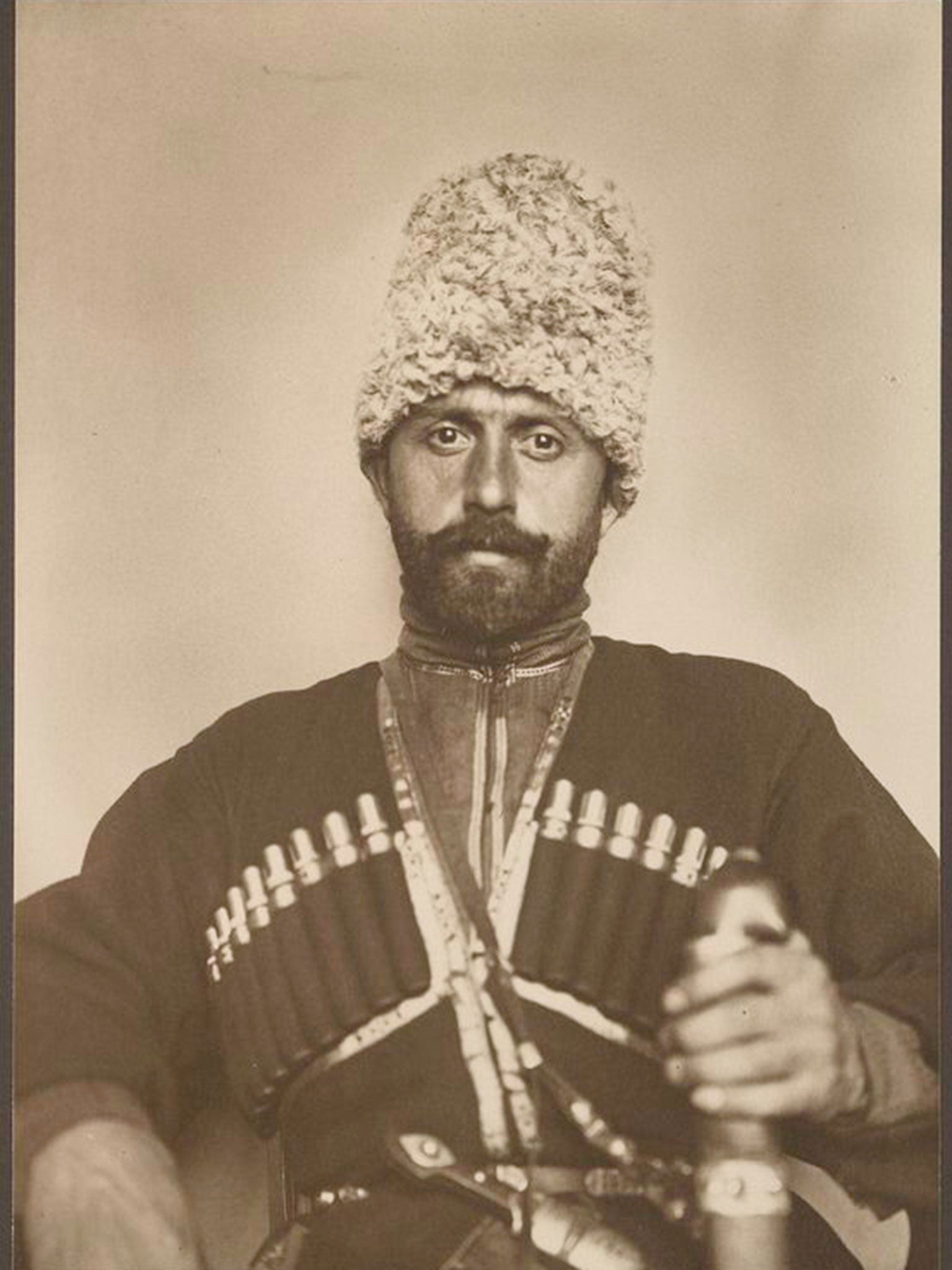
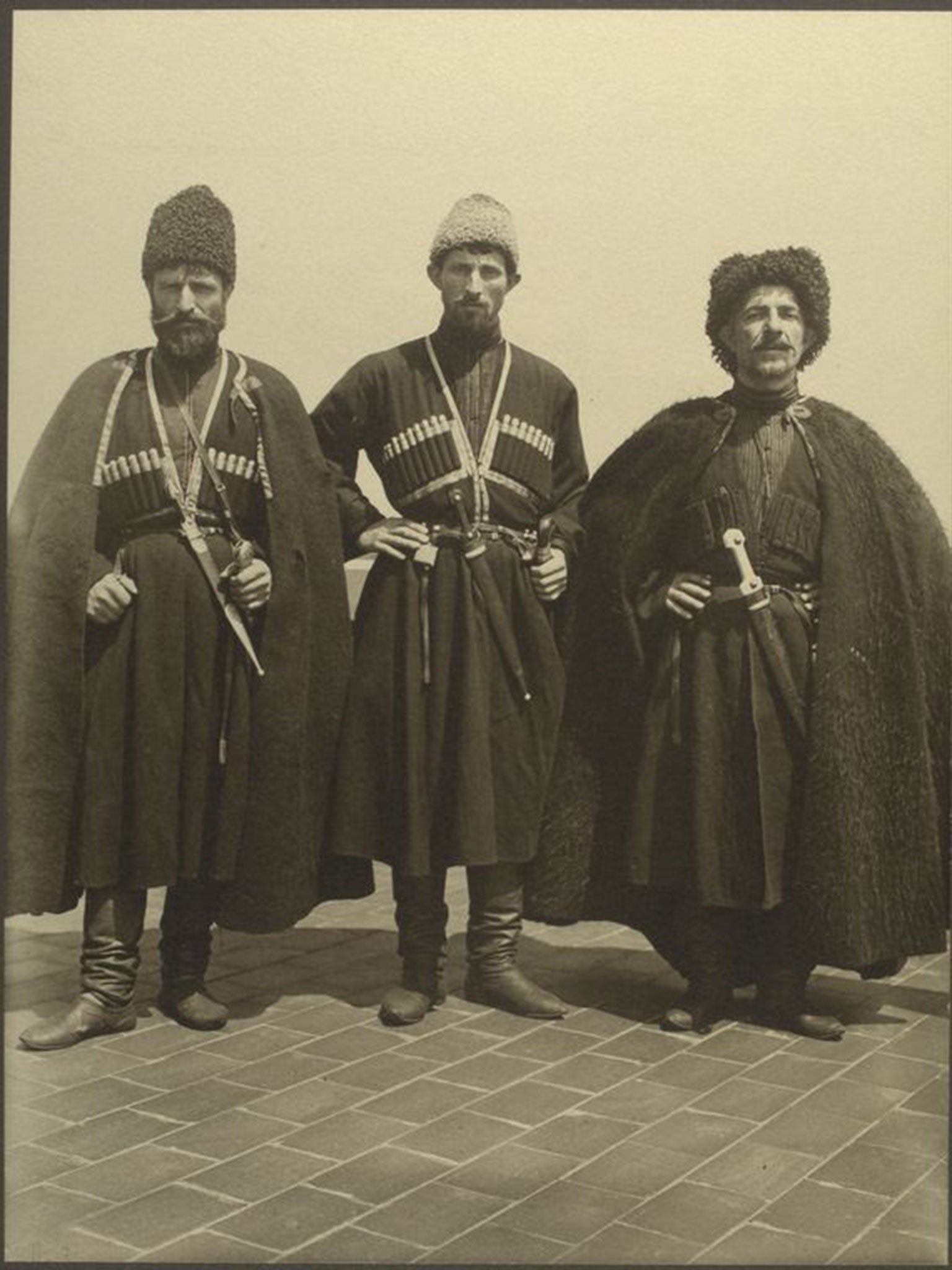
An Algerian man:
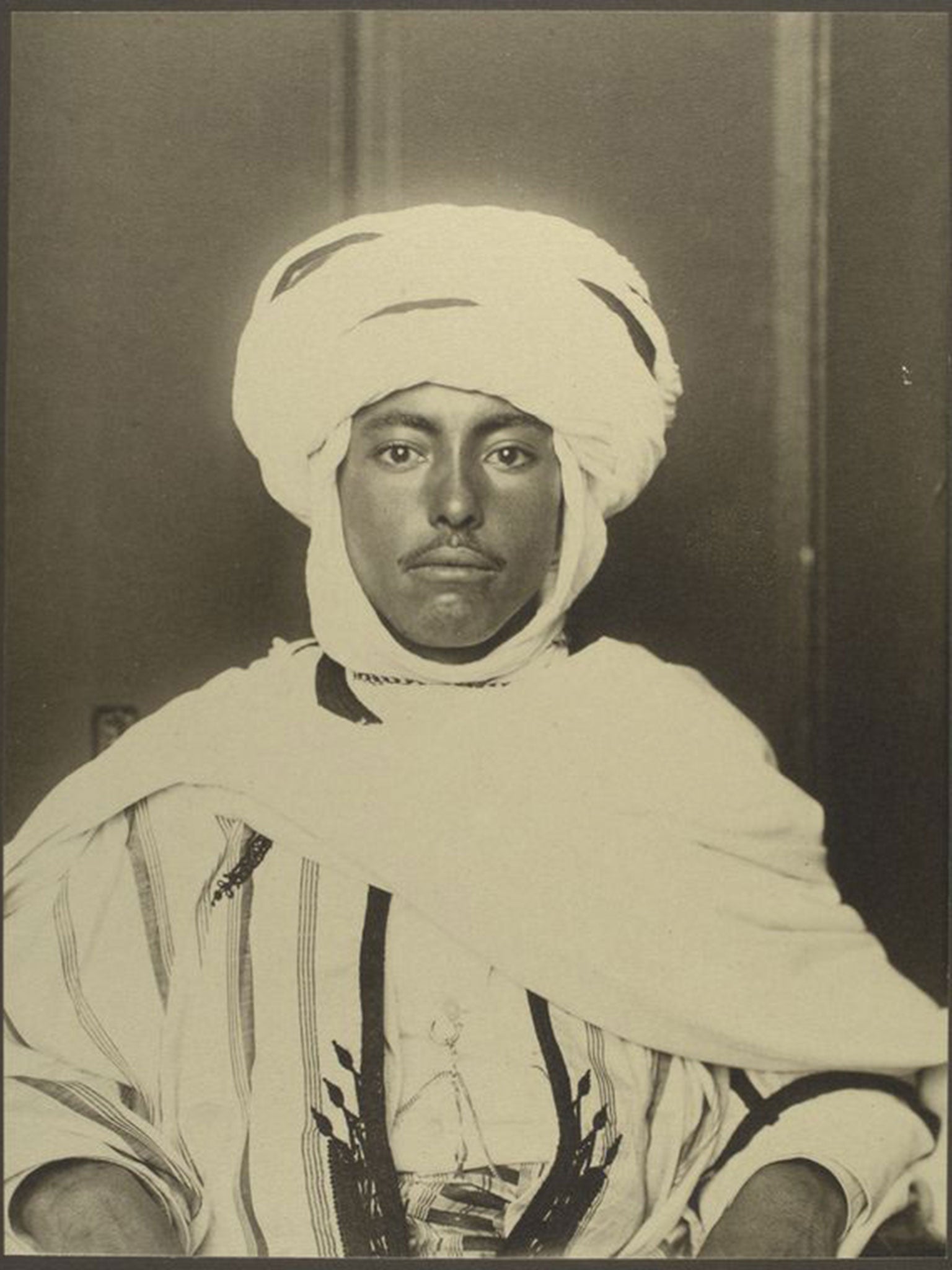
A Bavarian man, from southern Germany:
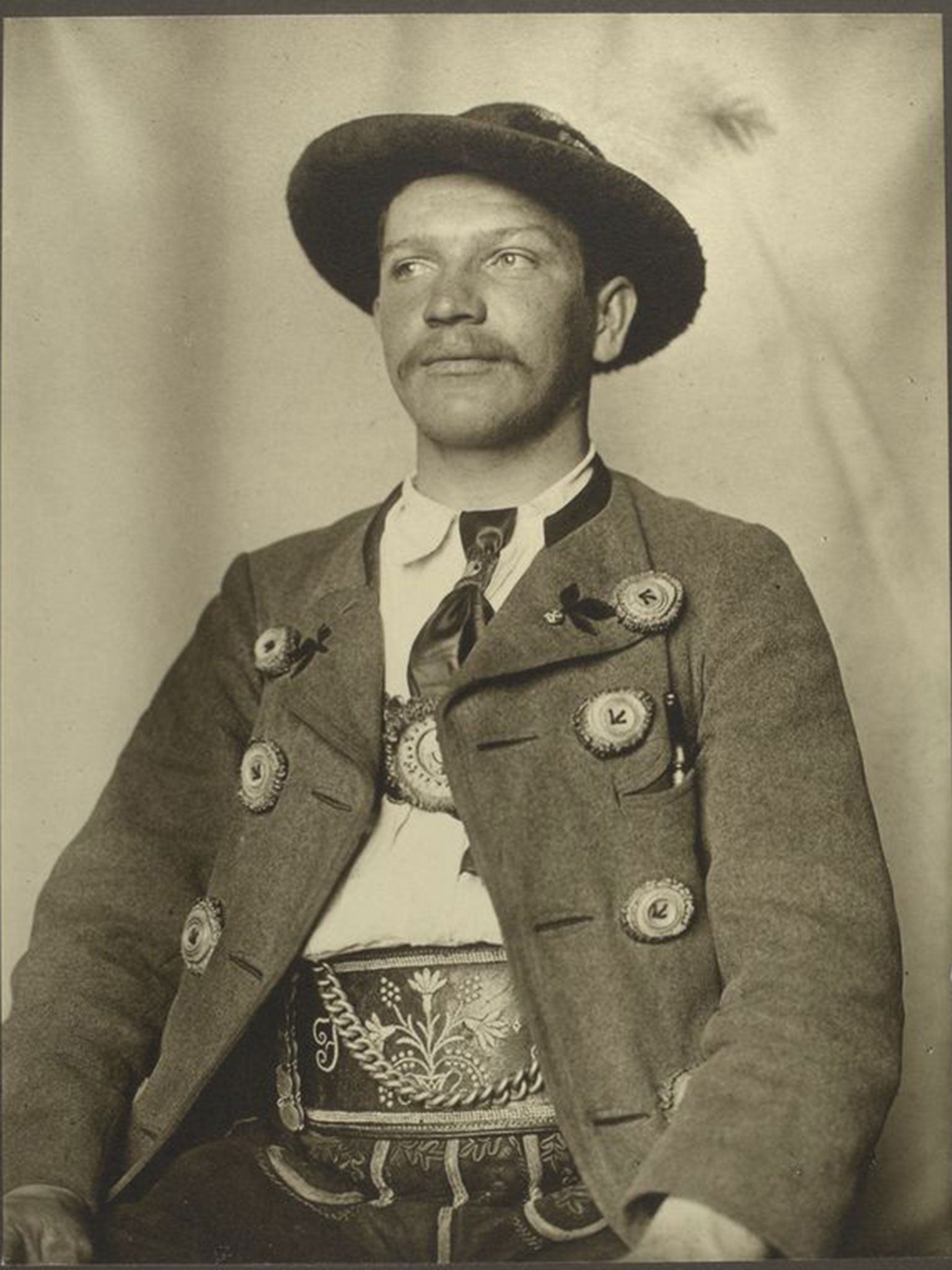
A soldier from Albania:
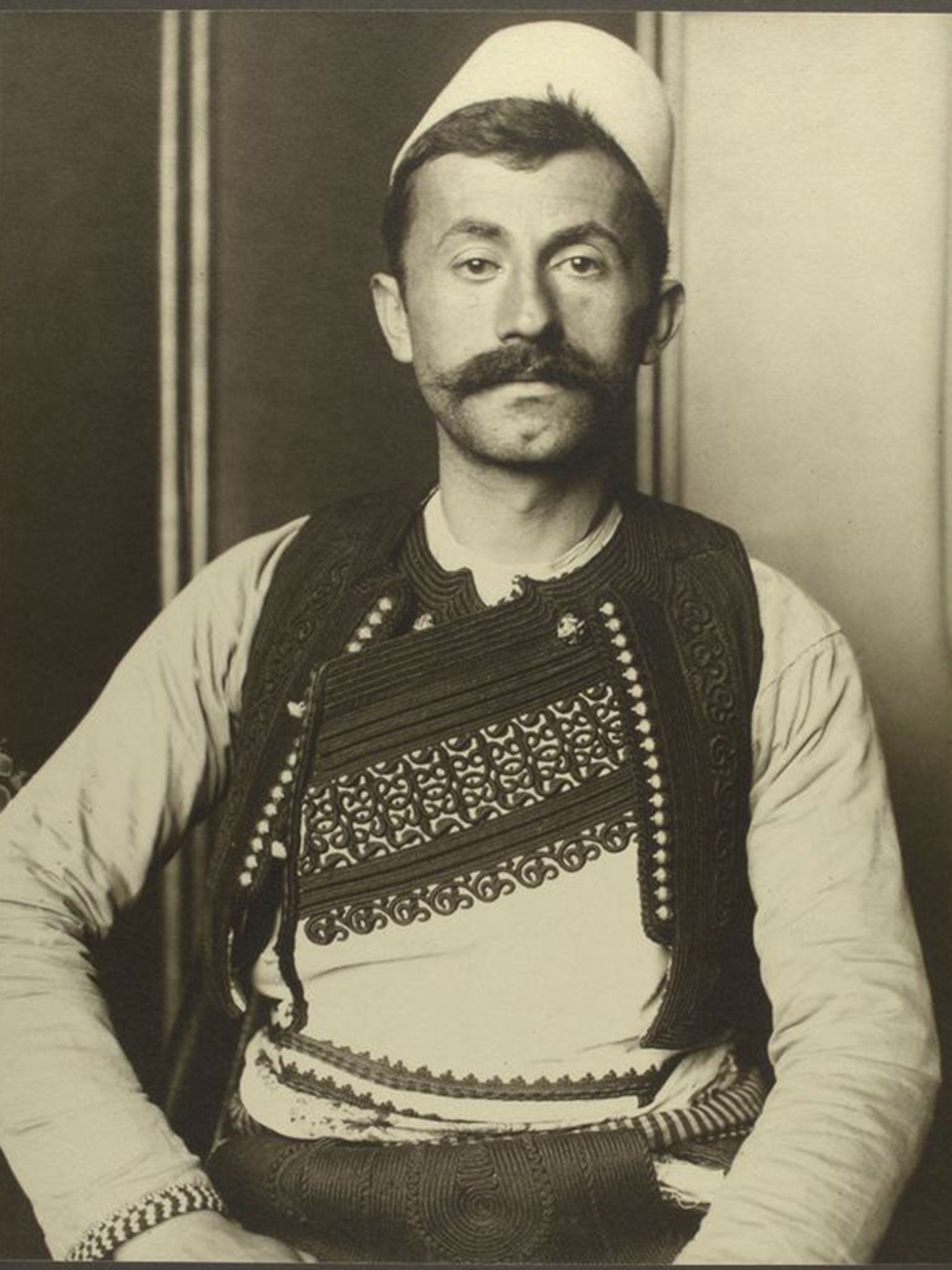
Children and a woman from Lapland, the northernmost region of Finland:
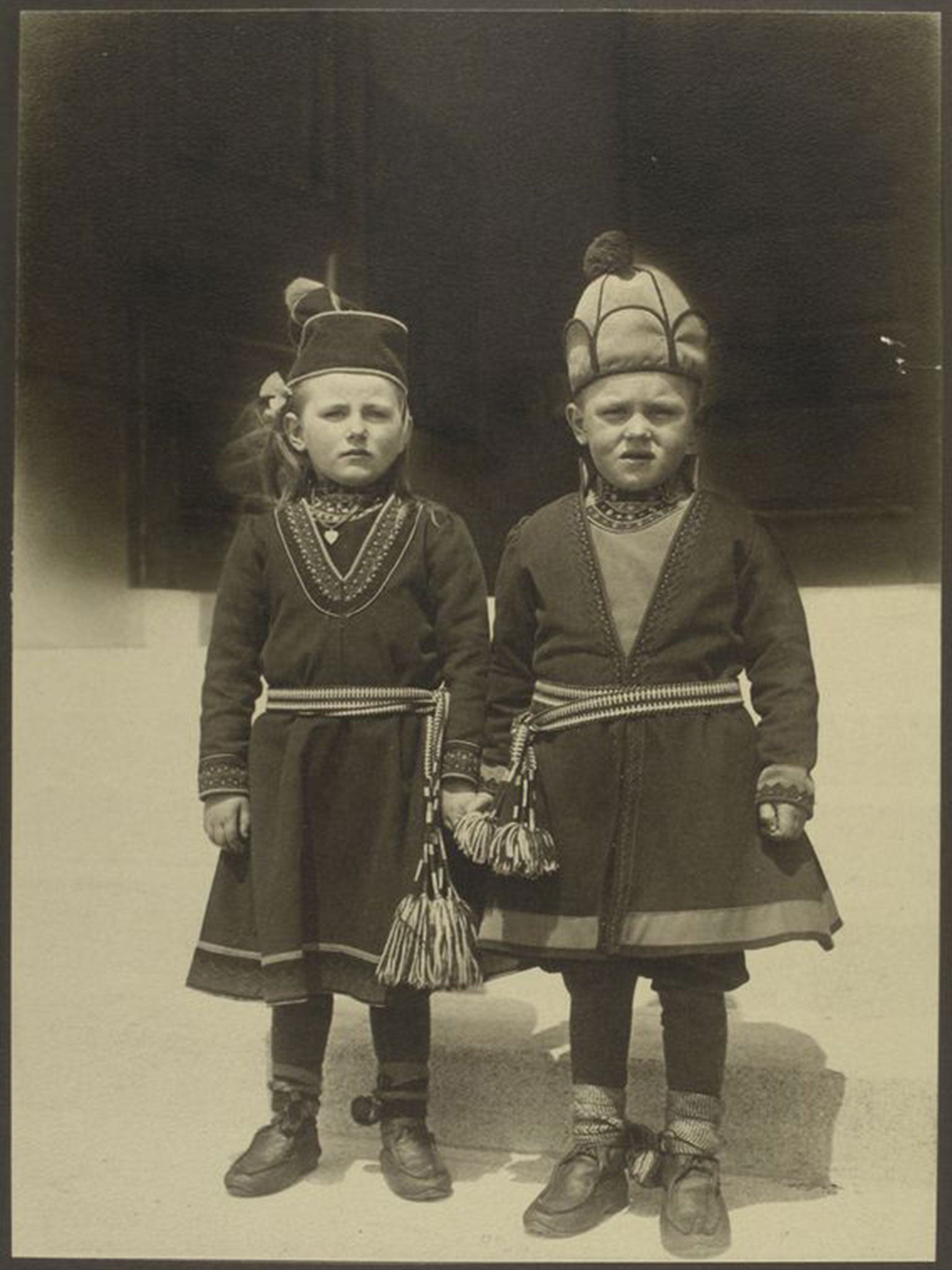
A man from Denmark:
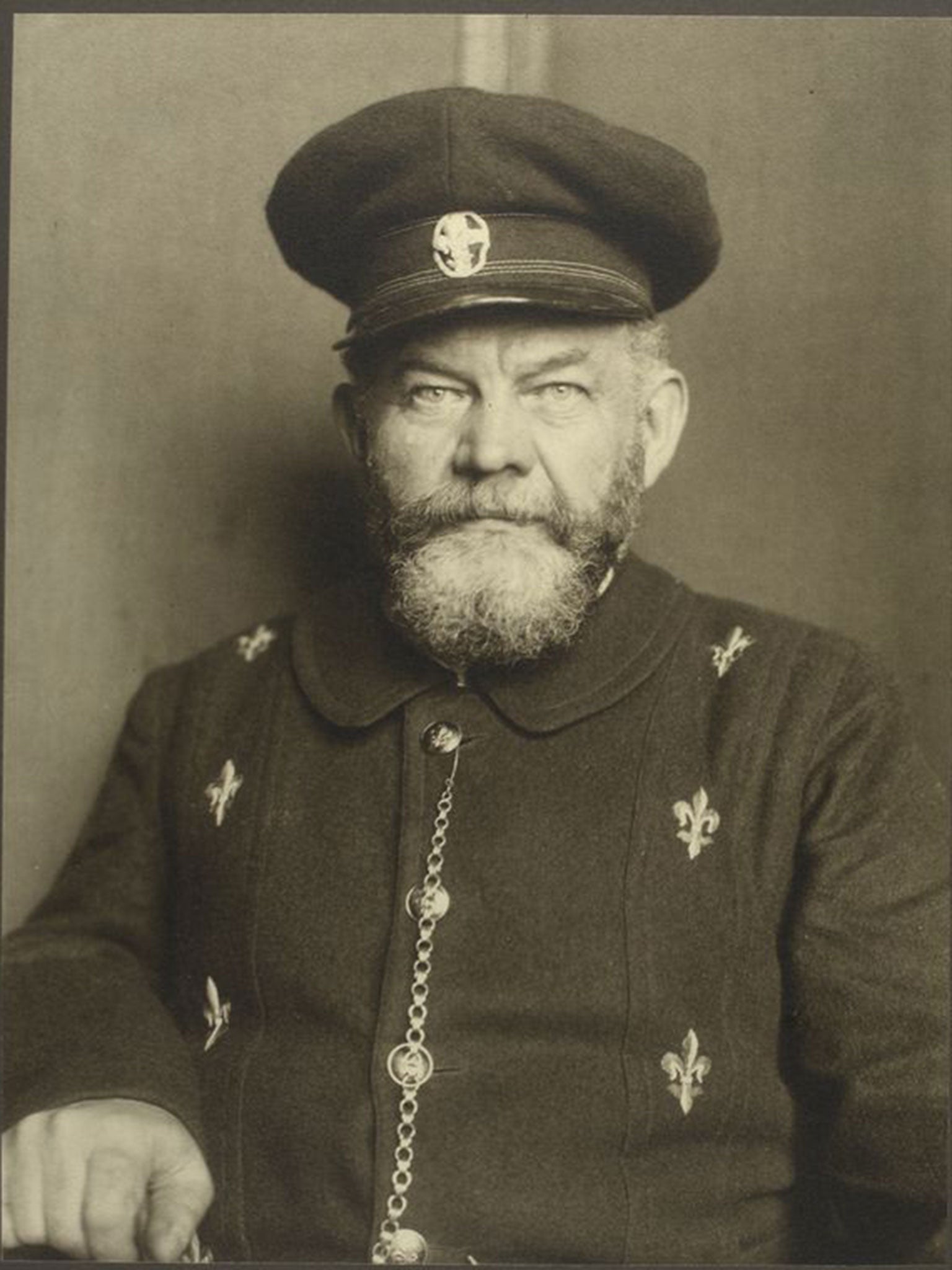
Women from Guadeloupe, an island in the Caribbean colonized by France:
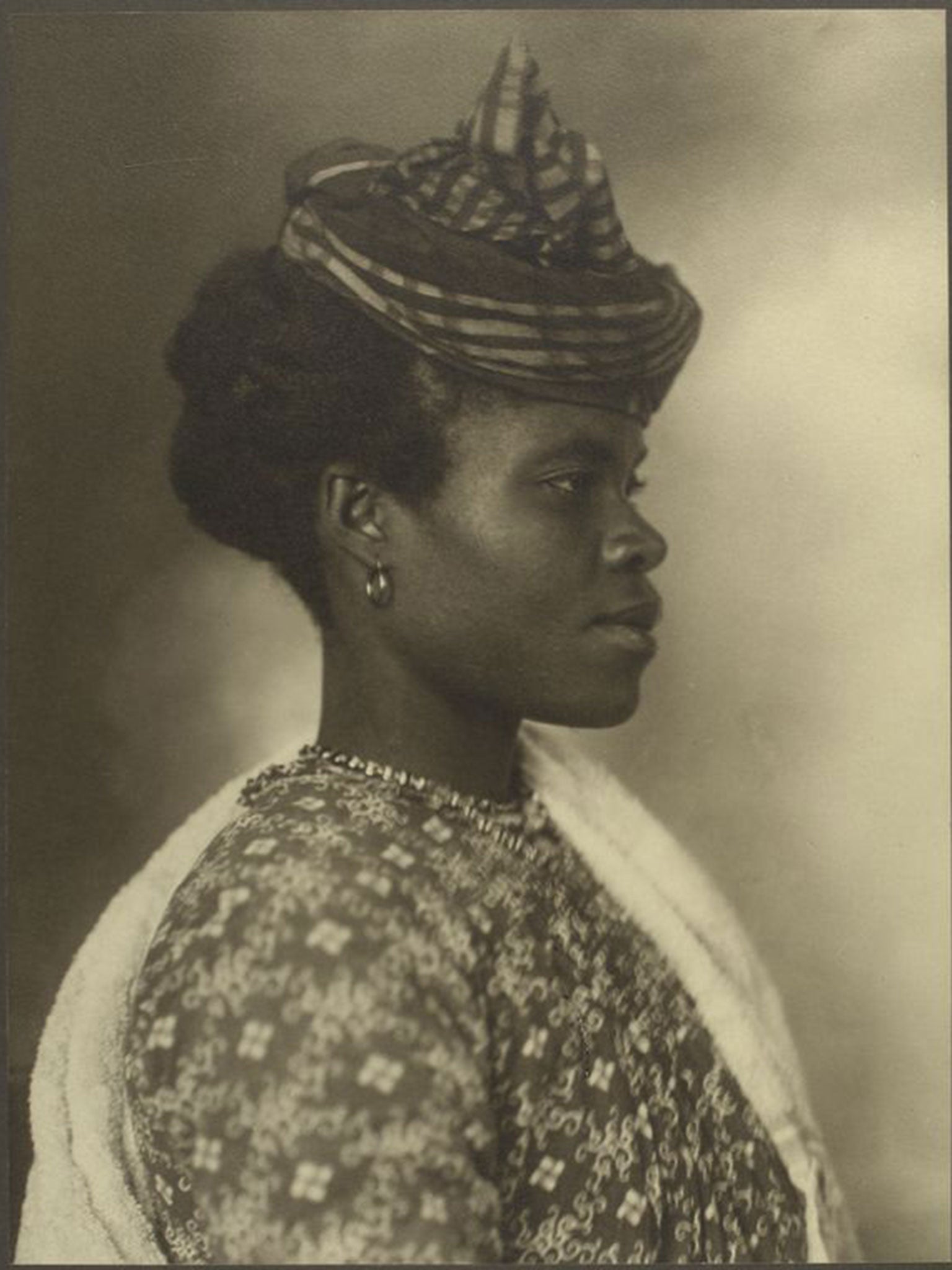
A young Hindu man:
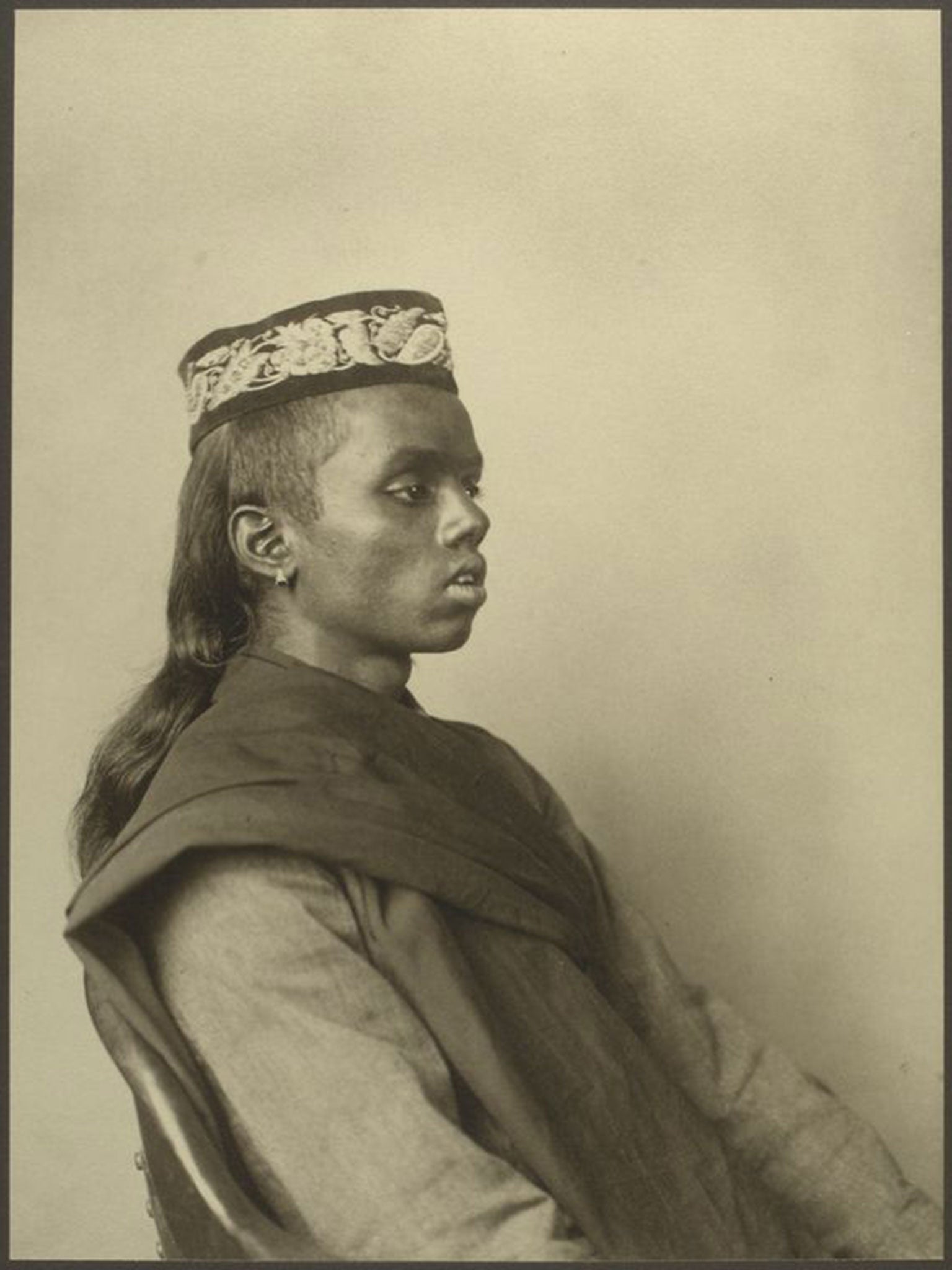
Several Italian women in national costume:
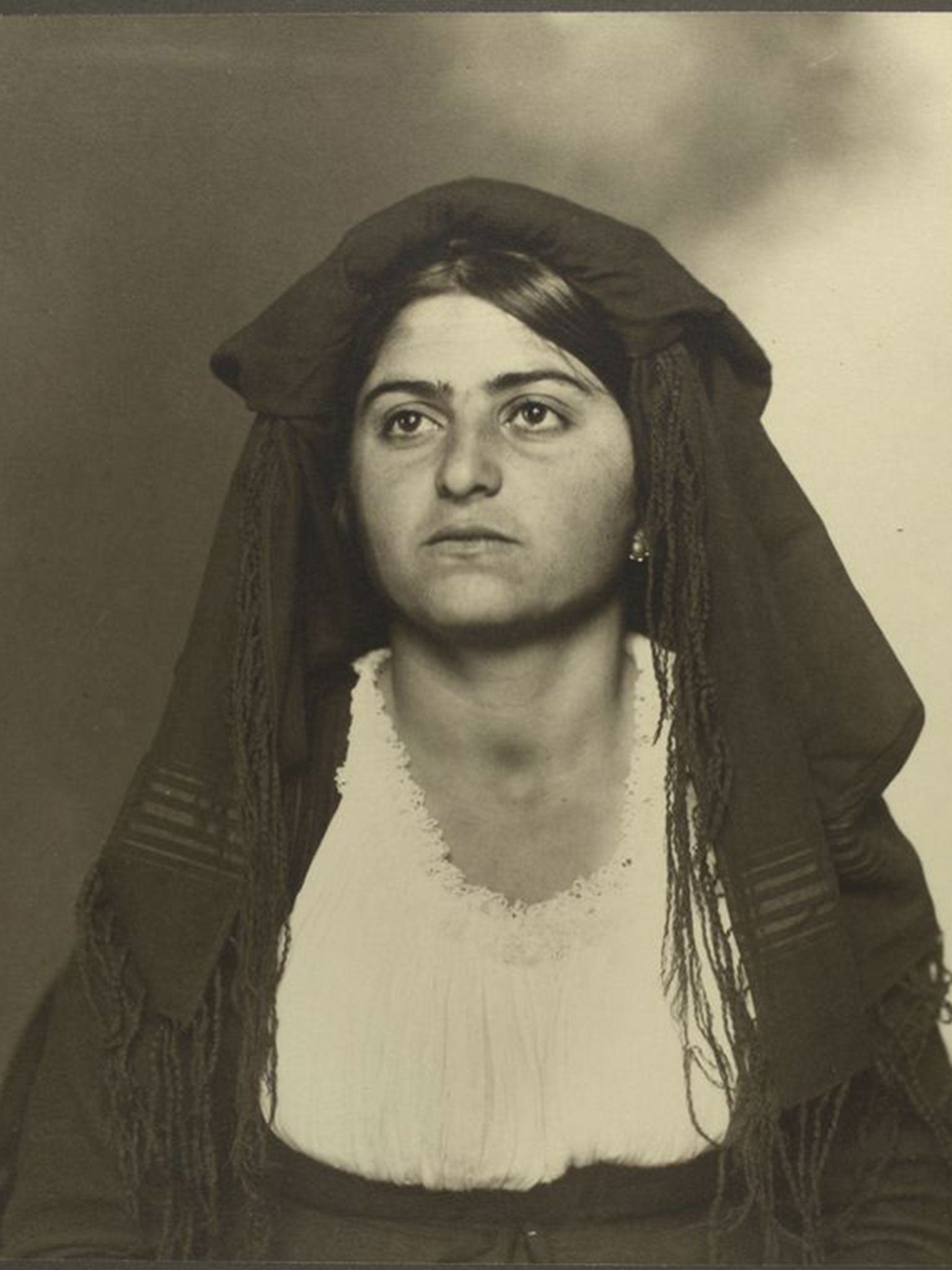
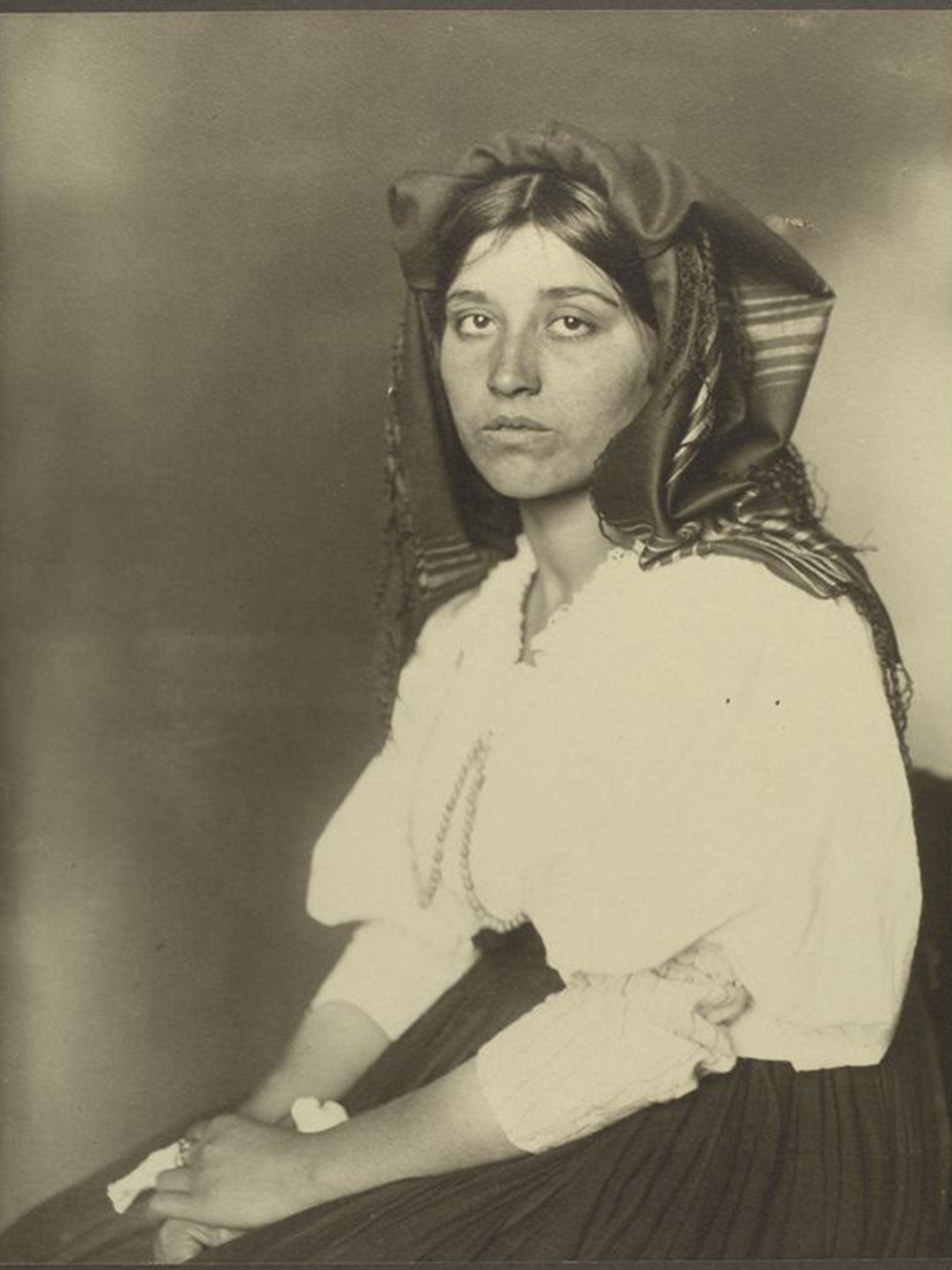
A woman from Norway:
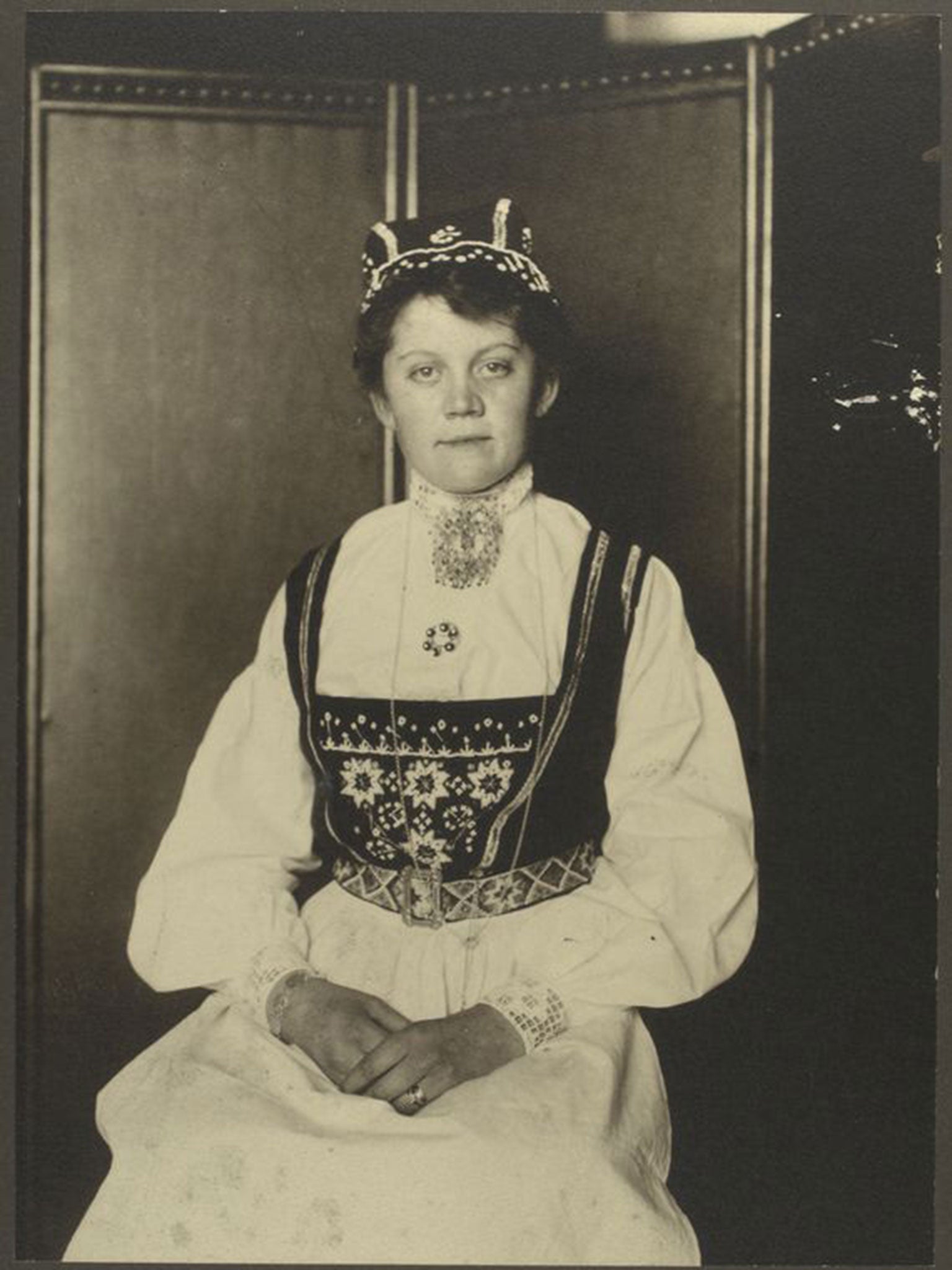
Several men from Romania:
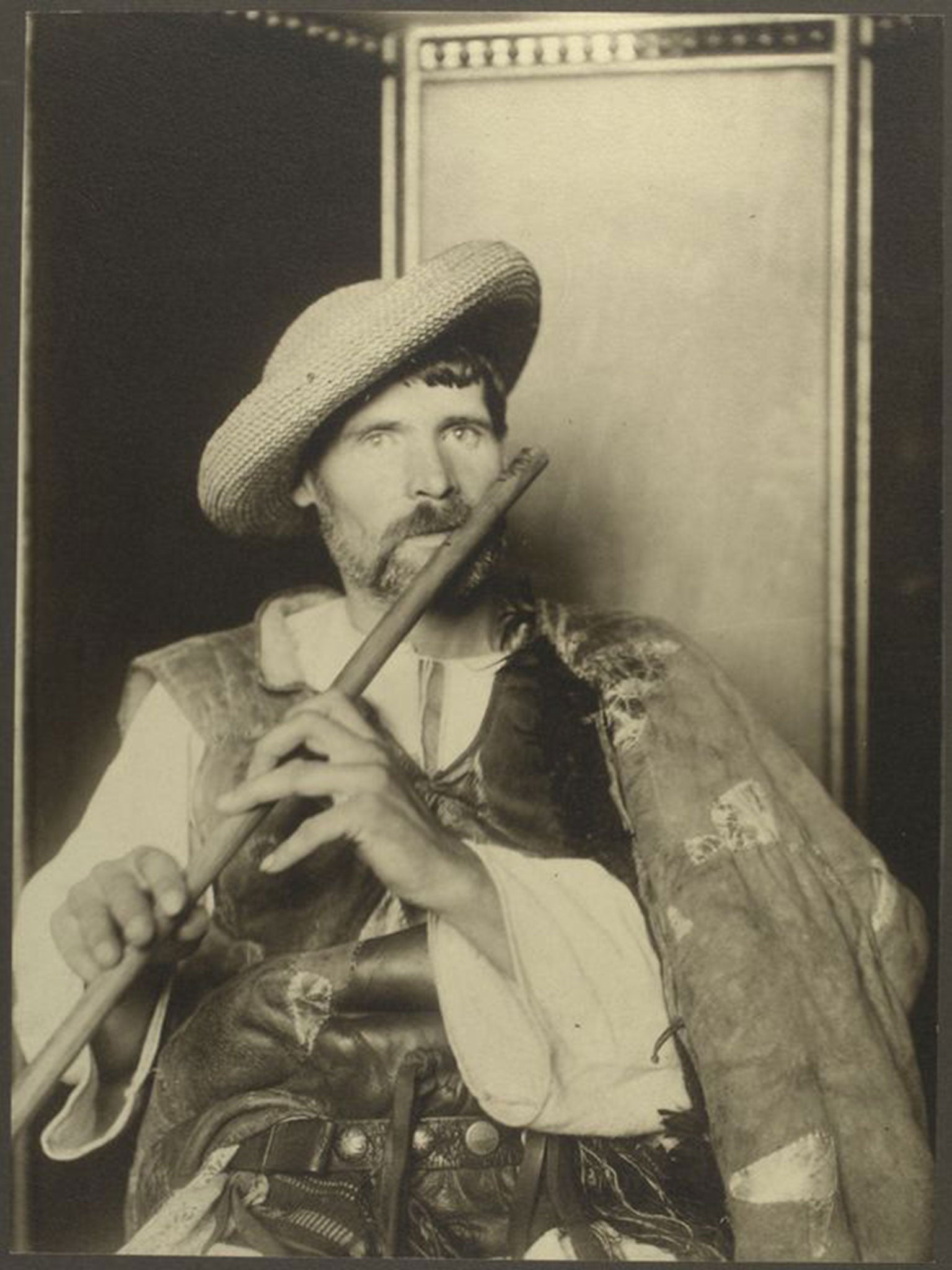
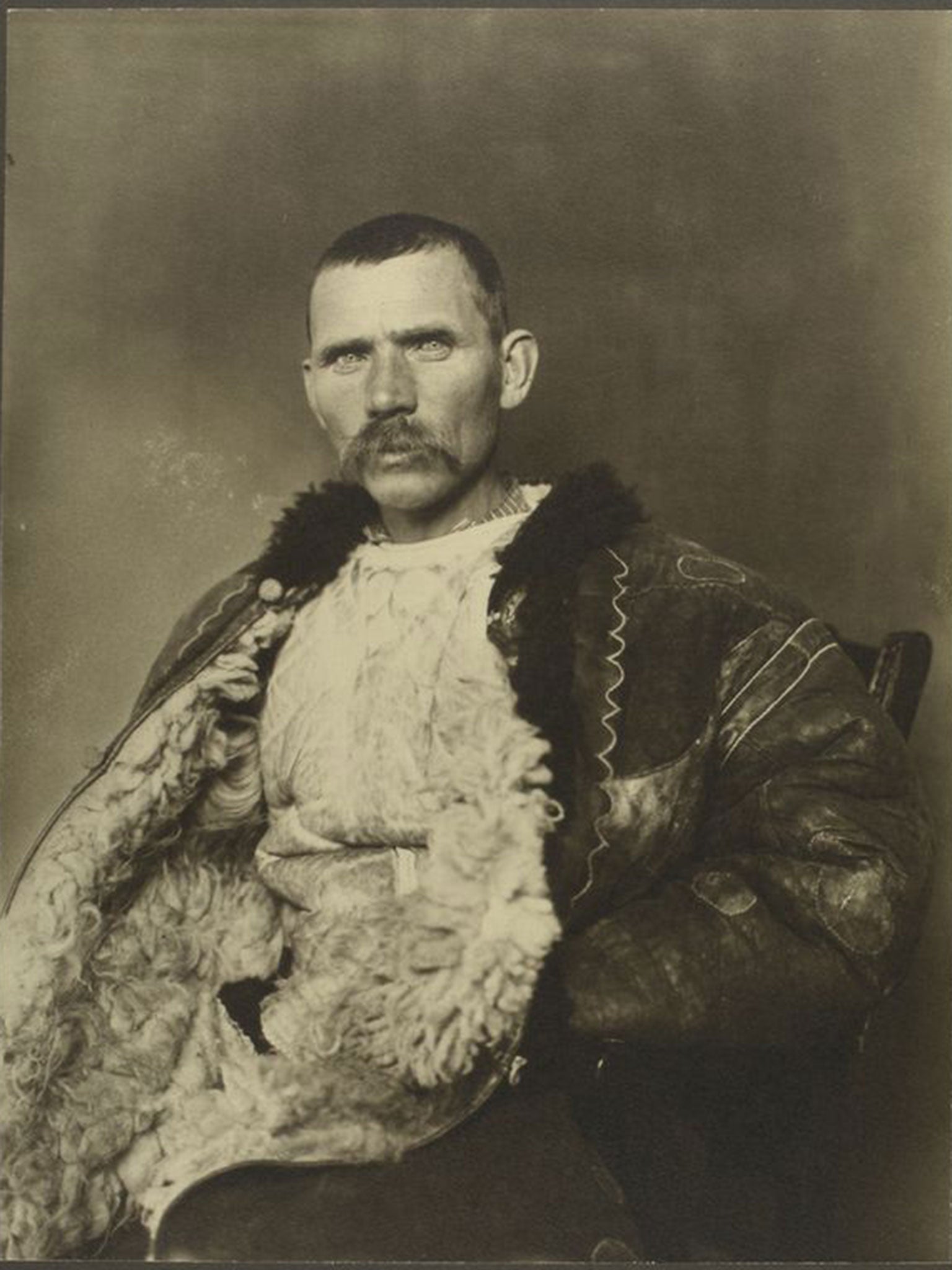
A Ruthenian woman, one of the East Slavic minorities under the Austro-Hungarian Empire:
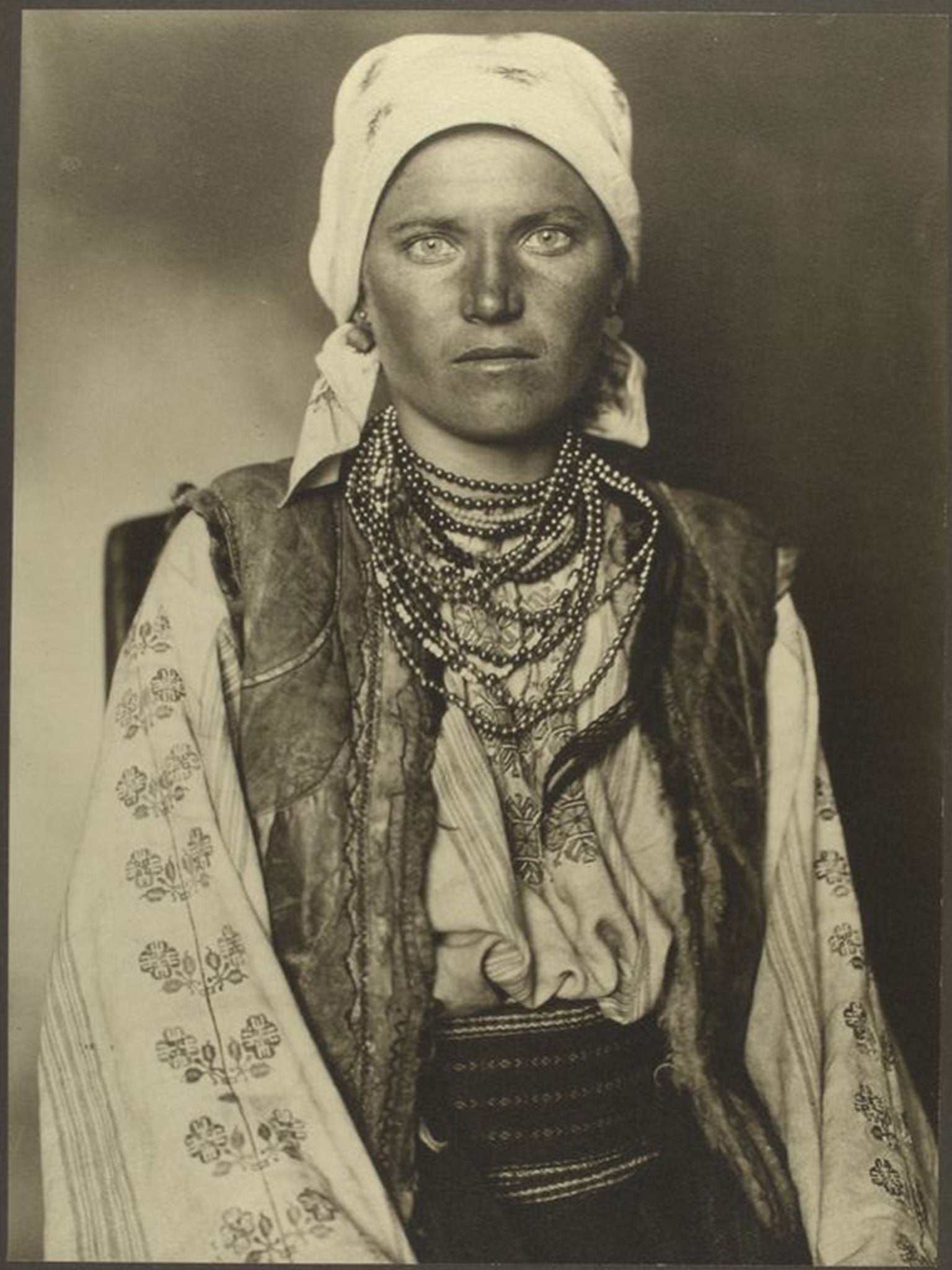
Some women and families from Slovakia:
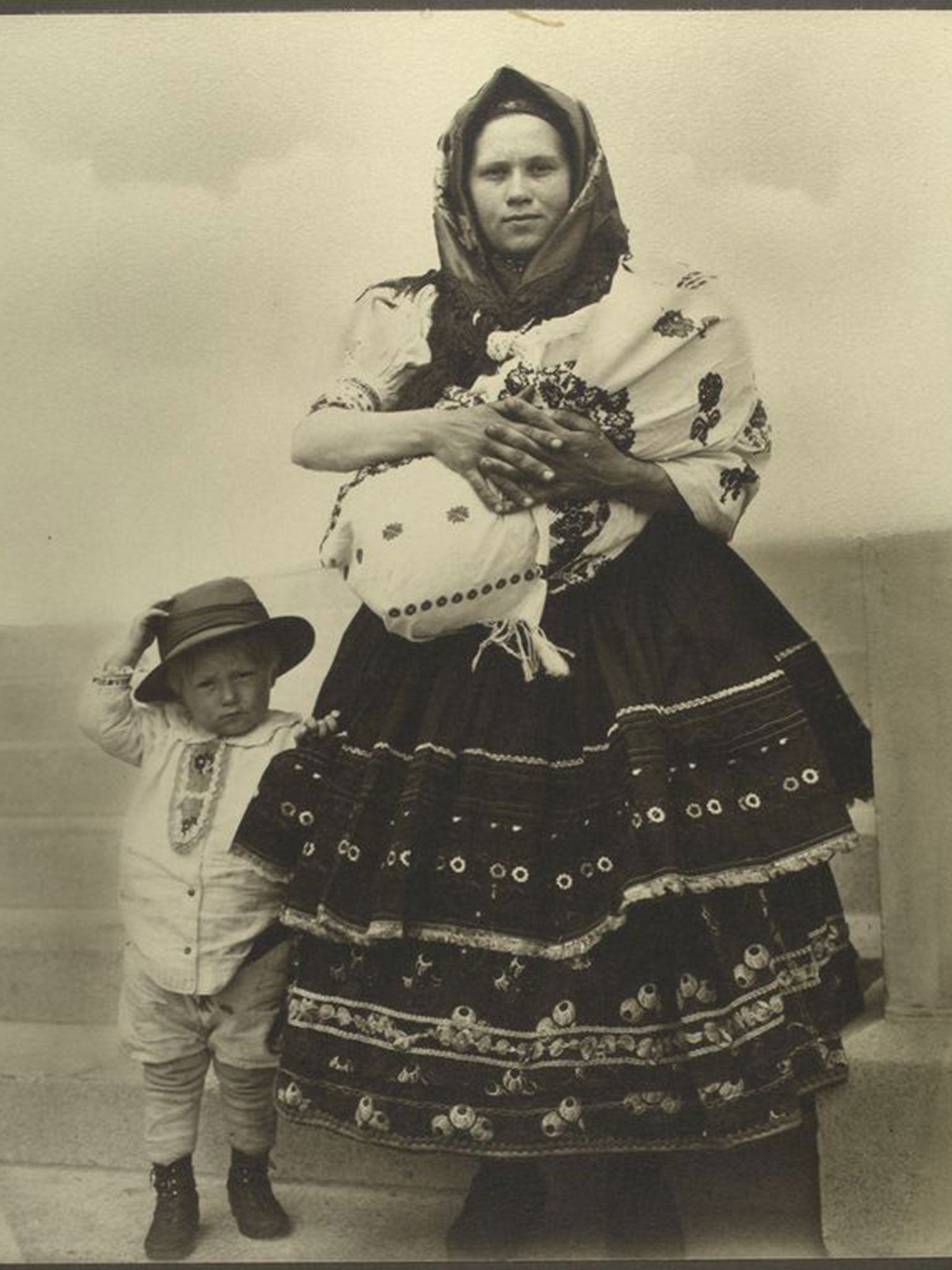
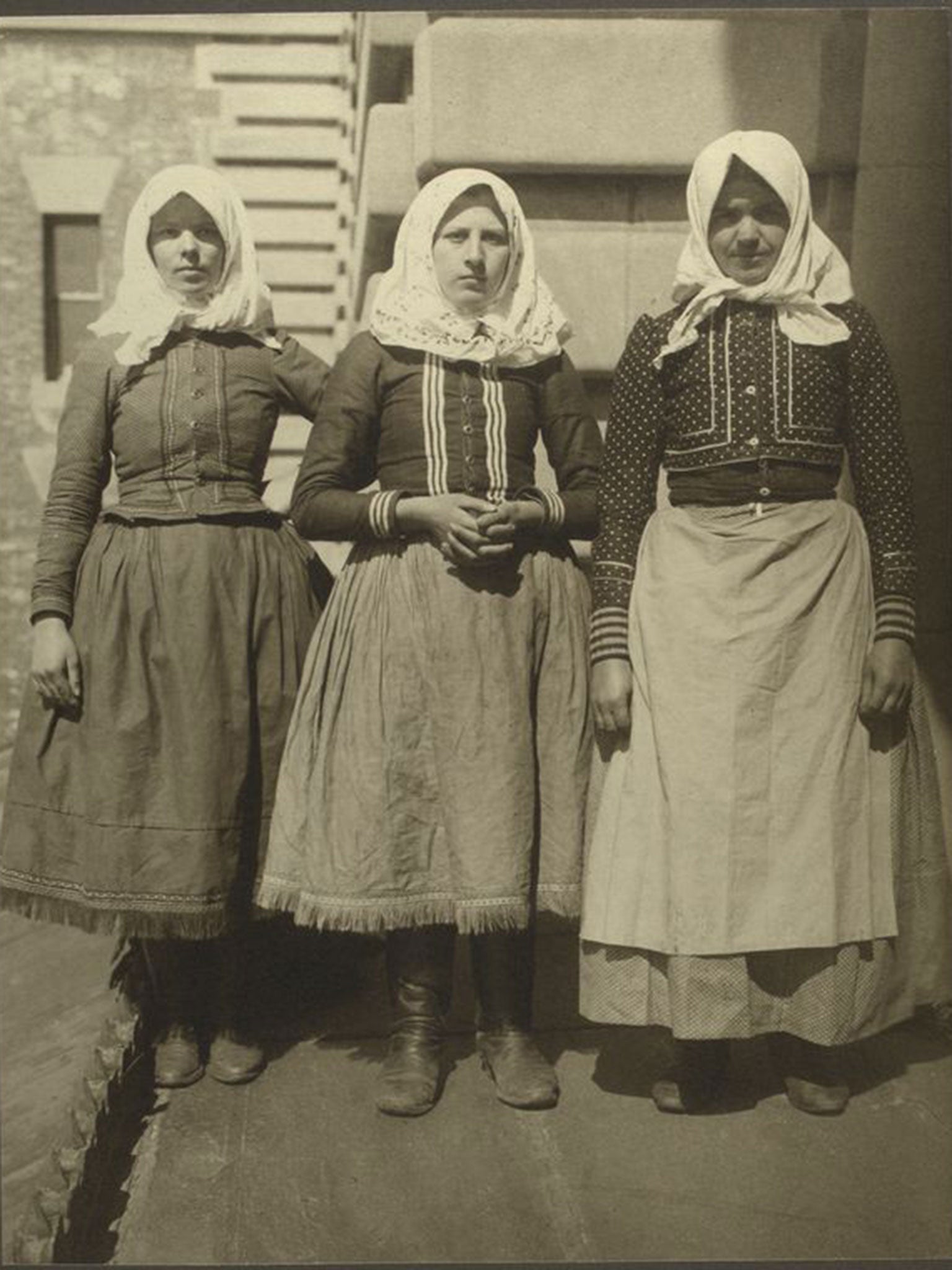
Copyright: Washington Post
Join our commenting forum
Join thought-provoking conversations, follow other Independent readers and see their replies
Comments